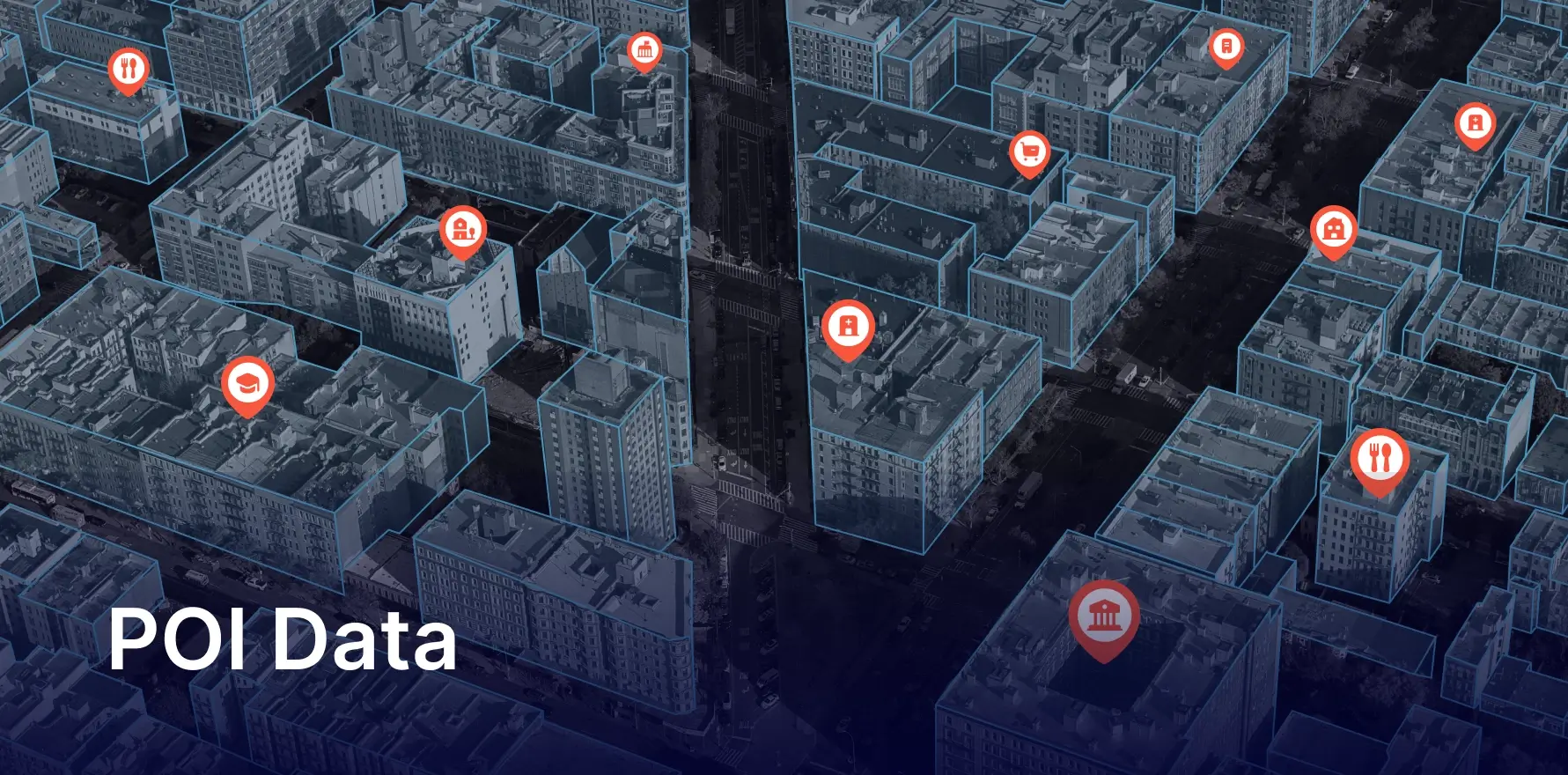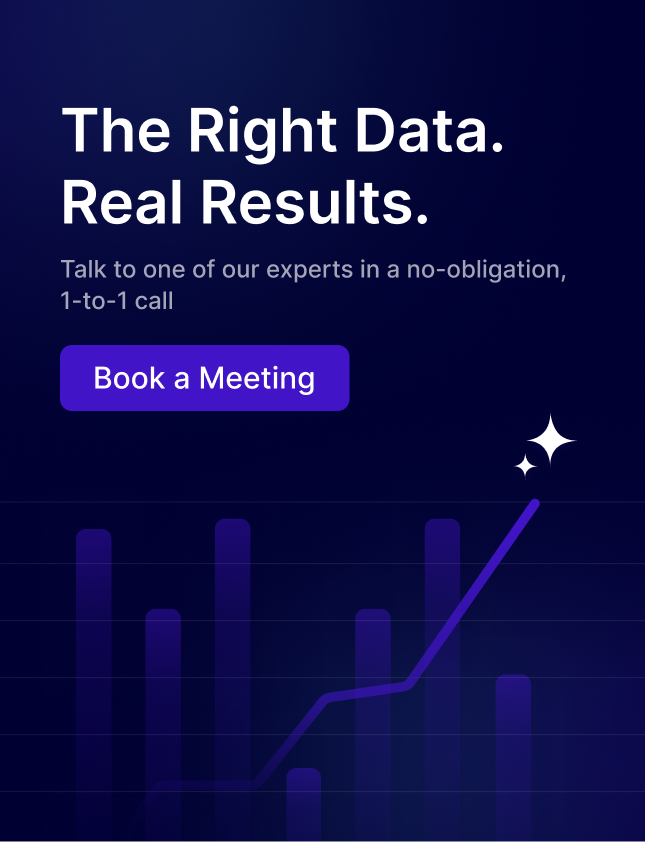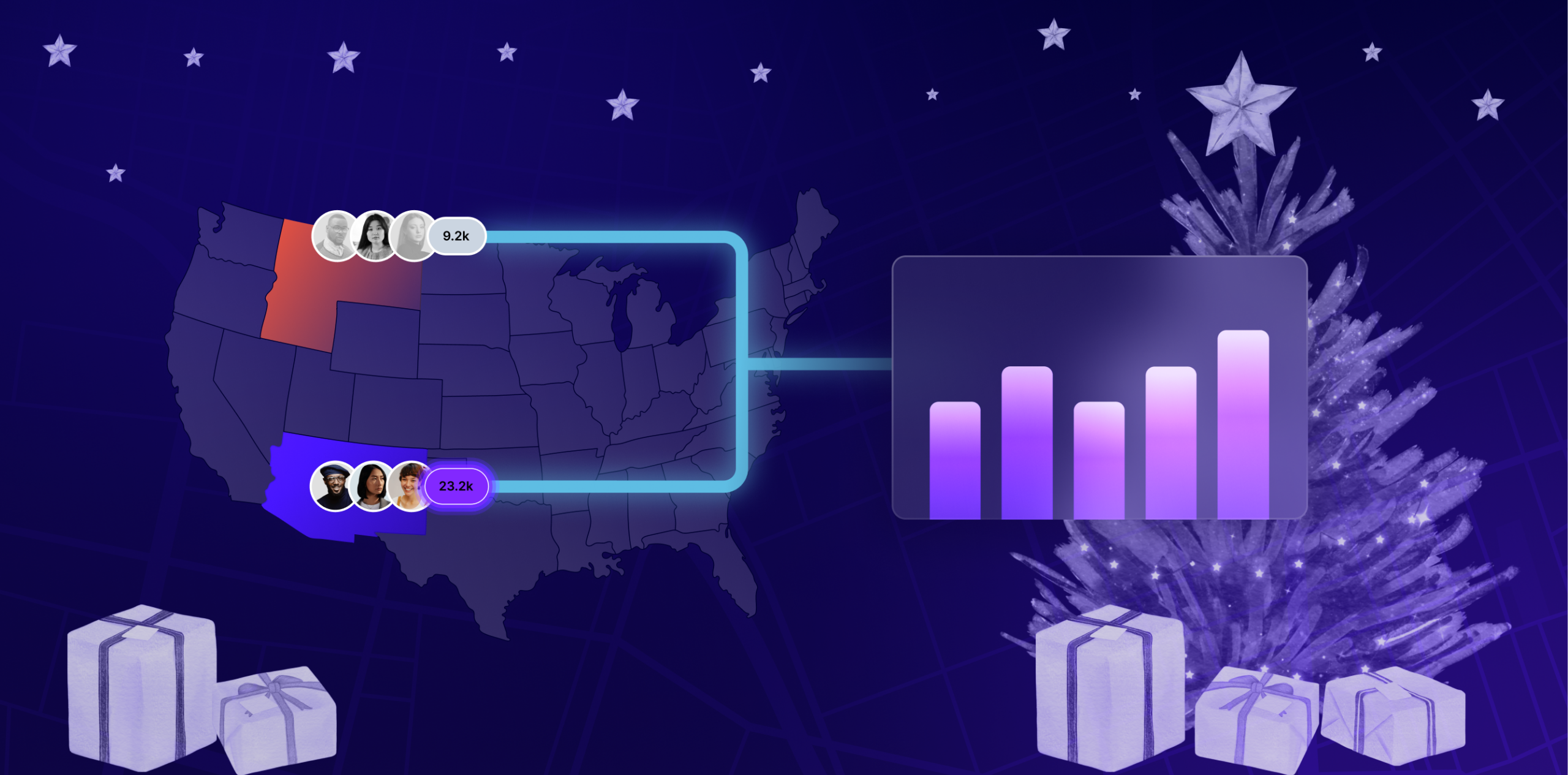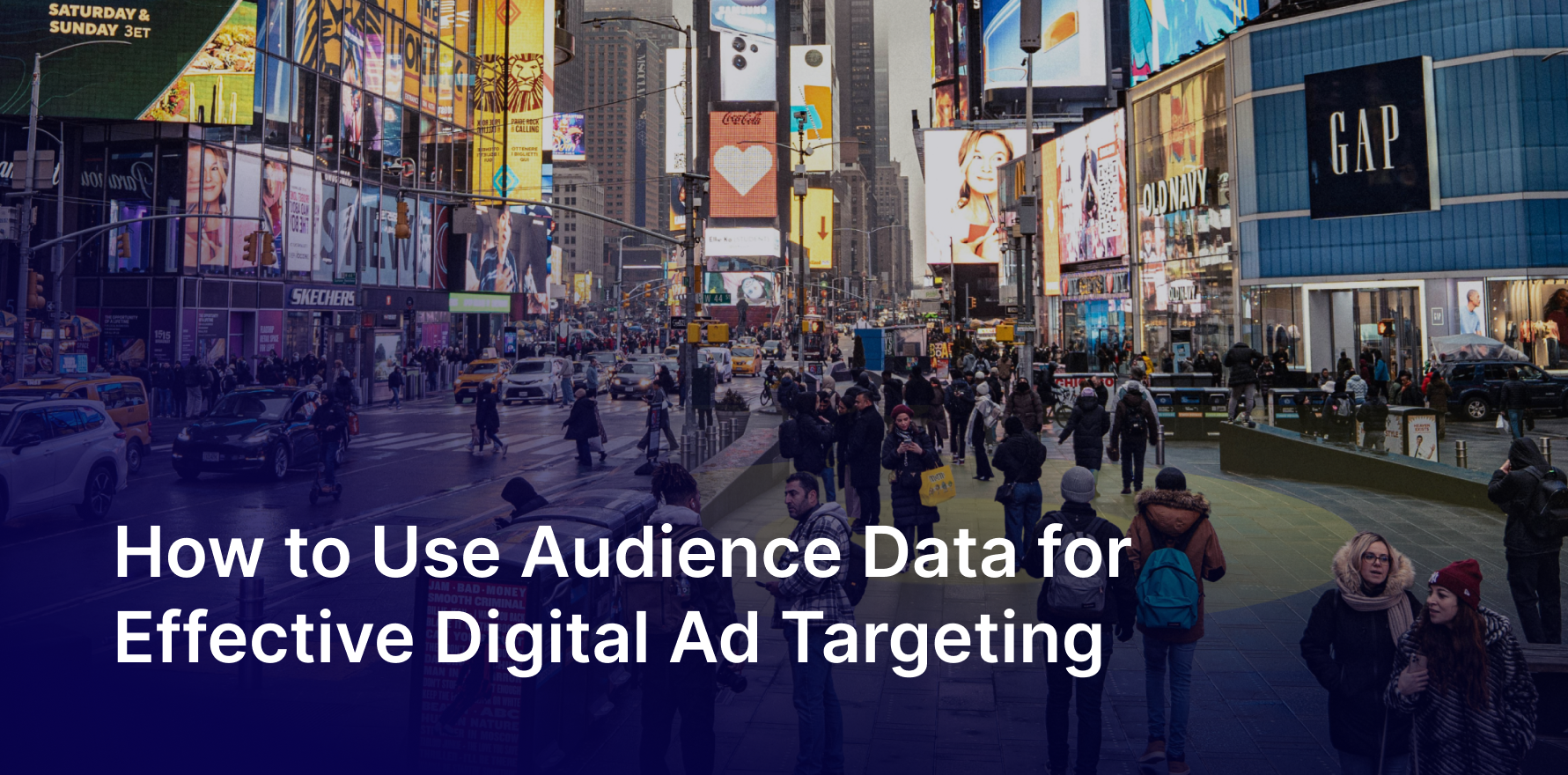Point of Interest (POI) data refers to specific geographic locations that are noteworthy or useful. These can range from everyday locations like grocery stores and restaurants to landmarks such as parks, tourist attractions, and hotels.
POI data includes critical information such as geographic coordinates, names, addresses, categories, and other attributes that help identify and analyze these points.
What is POI Data?
POI data has come a long way from traditional maps and paper directories. Today, it is powered by advanced geographic information systems (GIS) and enriched by the widespread use of smartphones and GPS technology.
Early POI data relied on manual surveys and public records, but modern POI data collection involves sophisticated methods such as satellite imagery, mobile device tracking, and user-generated content.
Importance of POI Data in Modern Applications
In today’s data-driven world, POI data supports many applications, from navigation and location-based services to marketing, urban planning, and emergency response. By providing detailed insights into physical locations, POI data helps businesses and organizations make informed decisions and deliver personalized experiences. Wanna know more about Poi data that helps what type of industries along with its use cases. Check our Guide to Poi Data blog.
Key Components of POI Data
a) Geographic Coordinates
Latitude and longitude are fundamental in pinpointing the exact location of a Point Of Interest on a map. These coordinates are crucial for mapping and navigation applications, allowing for precise positioning and route planning.
b) Name and Address
A Point Of Interest (POI) typically includes its name and physical address, which is essential for identification and navigation. This information helps users easily recognize and locate the POI, whether searching online or navigating in real life.
c) Category and Type
Point Of Interest is categorized based on their nature, such as restaurants, parks, retail stores, or historical sites, making filtering and analyzing them easier. Categories help users and systems quickly understand the type of services or attractions a POI offers.
d) Other Attributes
Additional details may include business hours, contact information, website links, and user reviews, providing a comprehensive view of each Point Of Interest.
These attributes enhance the user experience by offering all necessary information in one place.
Sources of POI Data
a) Public Databases
Government and public agencies often provide free access to extensive Point Of Interest datasets, such as OpenStreetMap. These databases are valuable resources for developers and researchers, offering a wealth of regularly updated and maintained information.
b) Commercial Providers
Numerous POI Data Provider companies specialize in collecting and selling POI data, offering high-quality, frequently updated datasets tailored to various industries. For Example Factori, Placer.ai, precisely, and Foursquare, which provide comprehensive POI data for applications ranging from navigation to marketing.
c) User-Generated Content
Platforms like Google Maps and Yelp rely on user contributions to enrich their POI data, enhancing accuracy and relevance through crowdsourcing. User-generated content adds a layer of real-time updates and personal insights, making the data more dynamic and engaging.
Applications of POI Data
1) Navigation and Mapping
POI data is crucial for creating accurate maps and navigation systems, helping users find routes and destinations efficiently. Services like Google Maps and Waze rely heavily on Point Of Interest data to offer real-time traffic updates and optimized routes.
2) Marketing and Advertising
Businesses use POI data to target advertisements based on user locations and preferences, optimizing marketing strategies for better engagement and ROI. Location-based advertising ensures that promotional messages reach the right audience at the right time.
3) Urban Planning and Development
Urban planners use POI data to design cities, ensuring essential services and amenities are strategically located to meet community needs. This data helps plan transportation networks, public services, and infrastructure projects.
4) Tourism and Hospitality
POI data enhances tourist experiences by helping them discover attractions, amenities, and services tailored to their interests. Travel apps use POI data to recommend popular sites, restaurants, and hotels, improving travel experience.
5) Emergency Services
Accurate POI data assists emergency responders in locating incidents quickly, potentially saving lives and improving response times. POI data helps plan and execute rescue operations, disaster management, and public safety initiatives.
6) Others
Industries like real estate, telecommunications, and logistics also leverage POI data to optimize operations and services. Real estate agents use POI data to highlight property amenities, telecom companies to plan network coverage, and logistics firms to improve delivery routes.
Learn more about the applications of POI data.
Benefits of POI Data
The top benefits of POI data are described below:
1) Enhanced User Experience
POI data enables personalized recommendations and efficient navigation, improving overall user satisfaction. Users can find relevant locations quickly and access detailed information about each Point Of Interest.
2) Improved Decision-Making in Marketing
Businesses can make data-driven decisions, optimizing marketing strategies and campaigns for better results. Marketers can identify high-traffic areas by analyzing POI data and tailor their campaigns to local demographics.
3) Increased Business Opportunities
Understanding customer behavior and identifying high-traffic locations can lead to new business opportunities and revenue streams. Companies can use POI data to find the best places for new stores, optimize supply chains, and enhance customer engagement.
4) Better Resource Management
Accurate POI data helps in the efficient placement and management of resources and services, enhancing operational efficiency. Organizations can plan maintenance schedules, allocate resources effectively, and improve service delivery.
Challenges in POI Data
1) Accuracy and Timeliness
Keeping POI data up-to-date and accurate is challenging due to the dynamic nature of the physical world. Changes in business operations, new constructions, and closures require continuous data updates.
2) Data Integration
Integrating POI data from various sources requires significant effort to ensure consistency and accuracy. Different data formats, standards, and collection methods can complicate integration.
3) Privacy Concerns
Handling POI data involves addressing privacy issues, especially when dealing with user-generated content and location-based services. Ensuring compliance with privacy regulations like GDPR and CCPA is crucial to protect user data.
4) Scalability Issues
As the volume of POI data grows, managing and scaling the data infrastructure becomes increasingly complex. Organizations need robust systems and technologies to efficiently store, process, and analyze large datasets.
Future Trends in POI Data
a) Advancements in Data Collection Technologies
New technologies, such as drones, IoT devices, and satellite imagery, are enhancing the accuracy and efficiency of POI data collection. These advancements enable real-time data updates and more detailed geographic insights.
b) Integration with AI and Machine Learning
AI and machine learning analyze POI data, providing deeper insights and predictive analytics. These technologies help identify patterns, forecast trends, and automate data processing.
c) Enhanced Data Privacy Measures
New regulations and technologies are being developed to protect user privacy while utilizing POI data. Privacy-Enhancing Technologies (PETs) and stricter compliance standards are becoming essential in the data ecosystem.
d) Growing Importance in Smart Cities
POI data is becoming increasingly vital in developing smart cities, where data-driven decisions improve urban living and resource management. Innovative city initiatives use POI data to enhance transportation, energy management, public safety, and citizen services.
How to Leverage POI Data for Your Business
1) Identifying Relevant POI Data
Determine which POI data is most relevant to your business needs and objectives. Focus on data that aligns with your target audience, operational goals, and strategic initiatives.
2) Integrating POI Data into Business Strategies
Incorporate POI data into your strategic planning to optimize operations, marketing efforts, and customer engagement. Use data analytics tools to gain insights and make informed decisions.
3) Tools and Platforms for POI Data Analysis
Utilize specialized tools and platforms that help analyze POI data, providing actionable insights for better decision-making. Examples include GIS software, business intelligence tools, and location analytics platforms.
Conclusion
Point Of Interest (POI) data is a powerful resource that, when effectively leveraged, can significantly enhance business operations, user experiences, and strategic planning.
By understanding its components, sources, applications, and future trends, businesses can make informed decisions and stay ahead in a competitive market.
The continued evolution of POI data, driven by technological advancements and increased data integration, promises to unlock even more opportunities for innovation and growth. Factori is the best Point of interest data provider.
Why holding back?? Request for free poi sample data.
You may also like










